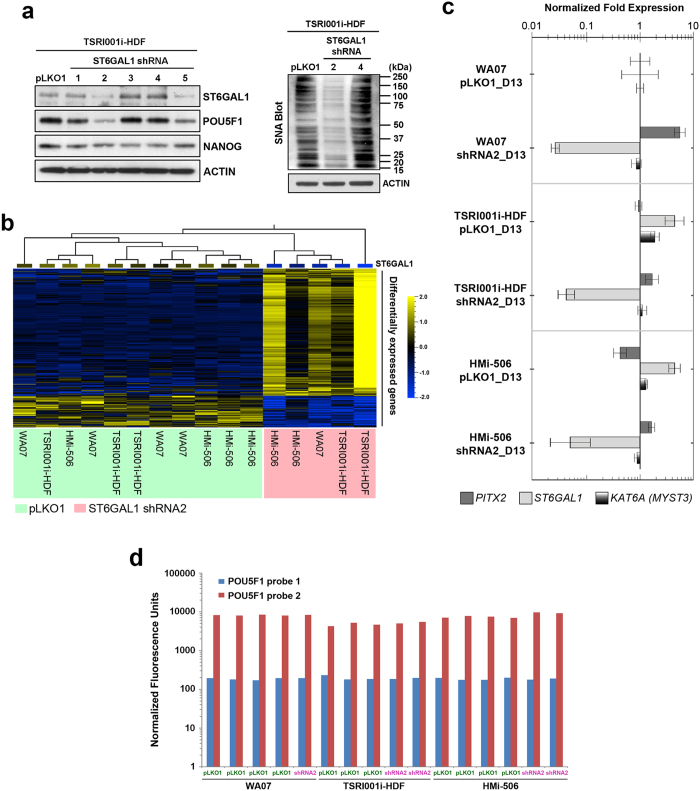Figure 2. Downregulation of ST6GAL1 in hPSCs has an impact on signaling networks involved in pluripotency regulation and embryogenesis.
(a) Left Panel: Western blotting analysis showed that two independent shRNA sequences (shRNA2 and shRNA5) that target ST6GAL1 transcripts led to effective downregulation of ST6GAL1 protein 72 hours after transduction. While the protein level of NANOG was relatively unaffected, the protein level of POU5F1 was decreased in hPSCs that received shRNA2 and shRNA5. Right Panel: SNA-mediated blotting showed that protein samples extracted from hPSCs which received shRNA2 had lower reactivity to SNA, indicating a decreased amount of α-2,6 sialylated glycoconjugates in the cells. pLKO1: the empty factor control for the transduction of shRNA expression vectors. (b) Global gene expression profiling followed by differential gene expression analysis revealed a group of genes (~400 genes) that were differentially expressed (P < 0.01, F-test) in multiple lines of hPSCs with and without ST6GAL1 knockdown. (c) Quantitative RT-PCR was used to validate the expression of a selection of differentially expressed genes, confirming the upregulation of the PITX2 gene and the downregulation of KATA6A and ST6GAL1 genes due to ST6GAL1 knockdown. D13: 13 days after the beginning of puromycin selection (14 days post transduction). (d) The expression level of POU5F1 transcripts reflected by normalized fluorescence units in expression array analysis indicated that the POU5F1 gene expression was relatively unchanged at the transcriptional level in multiple lines of hPSCs with ST6GAL1 knockdown.

